Special Feature - Dispensing Drinking Water
Novel Methods for Dispensing Drinking Water
Submitted by Karl Mitsch - OWA
Embarking on a whitewater rafting adventure means immersing yourself in the rugged beauty of the wilderness. While the thrills of navigating rapids and exploring remote landscapes are unmatched, ensuring a safe and reliable supply of drinking water is a top priority for every rafting trip. This article provides a few different methods for transporting and dispensing drinking water in the wilderness to make your life in the wilderness a little easier.
Transporting Drinking Water
Carrying enough drinking water for your group is essential, especially in areas where the river water may not be safe for consumption without treatment. A good rule of thumb is to provide 1 gallon per person per day for the trip. This can really add up on long trips. Here are some effective options for transporting water:
• Hard-sided Water Containers: Durable jugs made from food-grade plastic or stainless steel are ideal for storing large volumes of water. They come in various sizes (typically 2 to 7 gallons) and are resistant to impacts and leaks. Secure them in the raft to prevent shifting during rough waters.
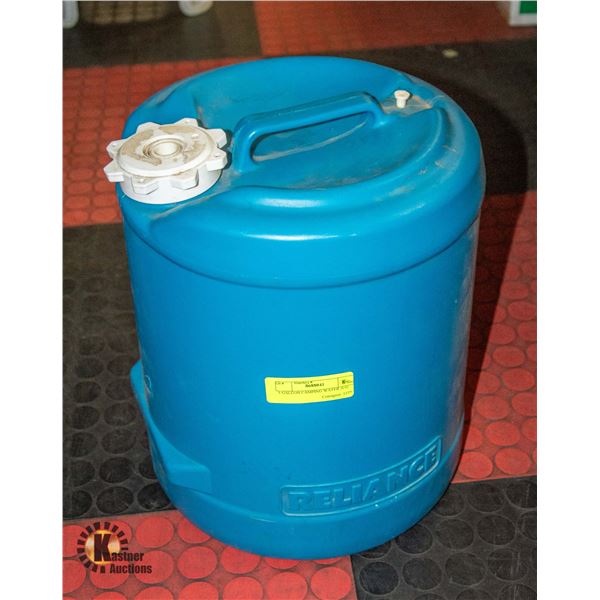
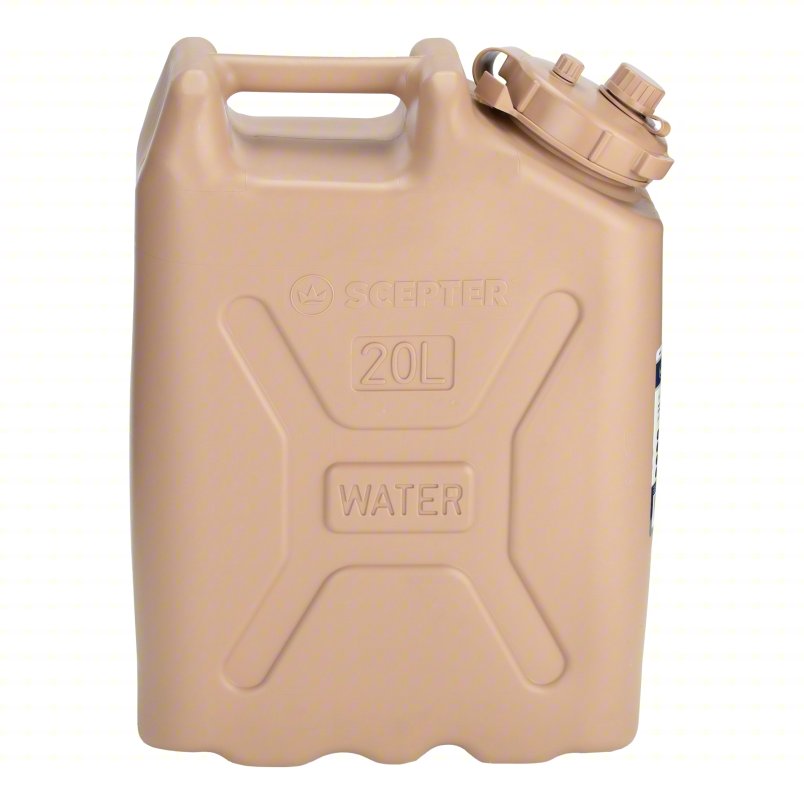
• Collapsible Water Bags: These lightweight bags can be packed easily when empty and expanded when needed. They’re particularly useful for saving space on longer trips or when space is at a premium.
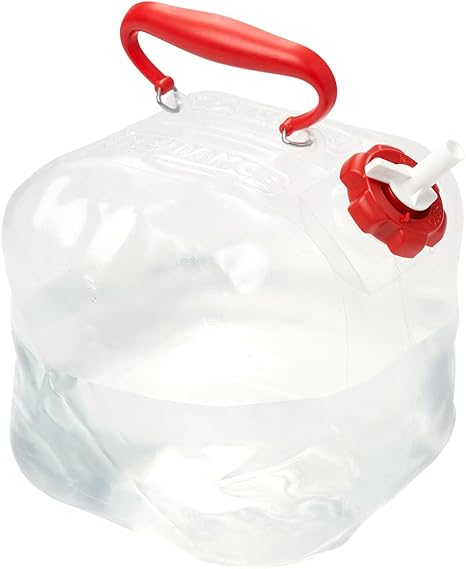
• Water Bladders: Large-capacity bladders (20–100 liters) can be strapped onto rafts and are designed to withstand rugged conditions. They’re ideal for base camps or bigger groups.
• Individual Bottles: Every rafter should carry their own reusable deck mounted water bottle, preferably insulated to keep water cool. This ensures everyone has access to fresh water at all times.
Dispensing Drinking Water in the Wilderness
Once you’ve transported your water, dispensing it efficiently and hygienically is crucial. Here are some methods suitable for wilderness settings:
• Pour Spouts and Spigots: Many hard-sided jugs include built-in spouts or spigots for easy access. Place the jug on a stable surface and let members fill their containers as needed.

• Hand-pump Systems: Many boaters prefer the mil-spec water containers like this one from Scepter. These containers are very rugged and reliable but dispensing water can be a challenge. OWA member Nicole August adapted a hand pump used in RV applications, to make dispensing water easier for this type of container. This reduces spills and is especially helpful for filling smaller bottles.
• Electric water dispensing. OWA member and past president, Bruce Rippley (a man of ideas for those that don’t know him) developed a clever way to adapt the electric water dispensers for office water jugs for use on river trips. He did this with a 3-D printer and some ingenuity. Now one can dispense water with the touch of a button. This method is more convenient, hygenic and saves on spillage.
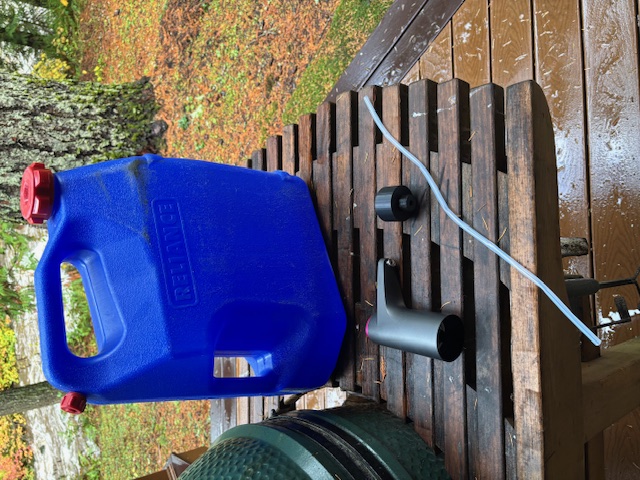
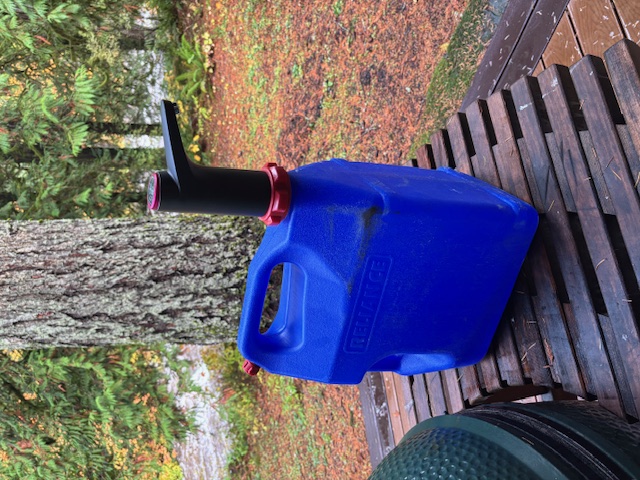
Bruce’s idea can also be adapted for hand wash stations. This approach is a big improvement over the traditional foot pump which tend to leak and can be difficult dispense water effectively. The electric pumps are compact, affordable and can be charged with a USB-C source.


Do you have any new ideas on how to make your experience on the river a little better? Share your ideas with the club by submitting them to the club by e-mailing: vicepresident-newsletter@oregon


